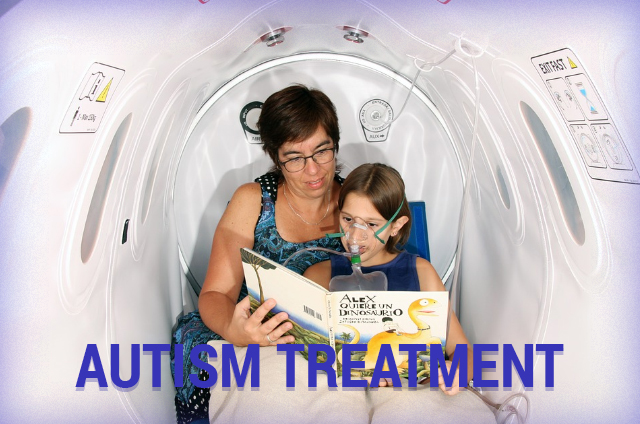Now when autism is being placed under the microscope for a close observation and scrutiny, researchers are paying attention to its link with gastrointestinal ailments. This has become the current preoccupation of the researchers who are conducting researches on autism spectrum because there are reported cases of improvement caused by the change of diet. The diet that has been suggested for autistic children is a specially designed diet which does not contain Gluten and Casein. Some parents who have already tried this diet for their children have noticed from mild to drastic improvement in behavior or speech after these elements are excluded from their diet. Some parents have reported that this gluten-free, casein-free ( GFCF) diet has brought down the problem of constipation and diarrhea that their children used to suffer from regularly.
Now you may think what are gluten and casein? The answer is that both of them are variations of protein. Gluten is found in wheat and in different types of grains like rye, barley, oats, durum, kamut, spelt and foods that contain such elements. Their presence is also seen in semolina, couscous, malt, soy sauce, artificial colorings and flavorings and hydrolyzed vegetable proteins.
Casein is a form of protein which is found in milk and other milk products like cream, butter, cheese, yogurt, whey, ice-cream and margarine. They can also be added to non- milk products like soy-cheese and hot-dogs as caseinate.
There has been a mixed reaction to this variety of diet; while some have reported notable behavioral changes after starting their children on this diet, others have noticed no such change at all. In the recent time, autism researchers are focusing on the special diet, as these children are more prone to be attacked by food allergy and colitis than normal children. This diet is now being consumed to seek protection from gastrointestinal disorders and food allergies.
Medical tests have found that autistic children tend to have inflamed and dysbiotic gastrointestinal tract. When this dysbiosis and inflammation start in the cells’ border, the gastrointestinal tract begins to allow the entrance of food particles in the blood before they are broken down and hence, in larger size. These particles, when they are protein, are called peptides and they, in the course of their journey, also reaches brain. After reaching there, they fit comfortably into receptors that opitoids use when they act on brain. Such substances then produce some undesirable result in terms of hyperactivity, destabilized emotions and craving for such food items. The presence of these peptides are detected in the urine tests.
Another problem that is caused by these food elements is that the large food particles are considered as enemies by the body’s immunological system and they start to produce antibodies. The creation of such antibodies leads the body to react in a negative way to such items, by giving rise to food allergy or sensitivity. To counter this problem, some prescribe removal of one food item from your child’s diet at a time so that you can detect which food item is at the root of the problem. It is best to begin with removing milk, as body is the quickest to rid itself of casein, although it takes nearly six months for the body to rid itself of gluten, which is why the suggested trial period of this diet is six months.
Once you remove these pernicious food elements, you also need to find their substitutes to provide your child a nutritional diet. Many autistic children adapt quickly to the gluten and casein free potato, coconut or rice milk substitutes. Many parents opt for including calcium and vitamin supplements in the diet of their children.
The beneficial effect of the GFCF diet is still under the process of thorough experimentation. But various researches show that those autistic children who have been subjected to this dietary intervention have shown positive developmental result. So seeking the aid of this diet to reduce the symptoms of autism seems like a feasible option.




